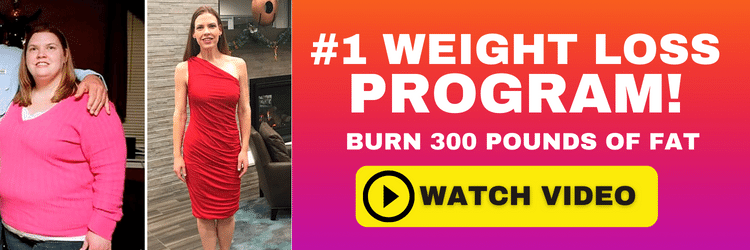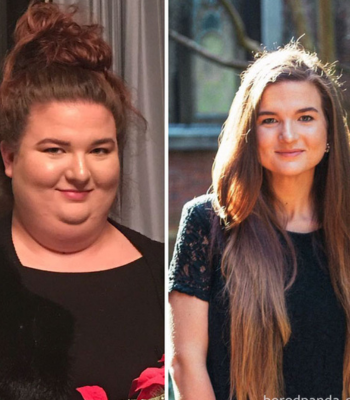The BBL Diet: A Comprehensive Guide to Getting the Body You Desire
Are you looking to enhance your curves and achieve that perfect hourglass figure? If so, you’re not alone. The Brazilian Butt Lift (BBL) has gained immense popularity in recent years, as it offers a way to shape and contour the body without the need for invasive surgery. While the BBL procedure itself is crucial, it’s important to remember that the results largely depend on your pre- and post-op diet and lifestyle choices. In this article, we’ll dive deep into the BBL diet, providing you with everything you need to know to support your body’s transformation.
Understanding the Brazilian Butt Lift Procedure
The Brazilian Butt Lift is a cosmetic procedure designed to enhance the shape and size of the buttocks through fat transfer. During the surgery, excess fat is removed from other parts of your body, such as the abdomen, thighs, or hips, and then injected into your buttocks. This not only gives you a more lifted and voluminous appearance but also results in a sculpted waistline.
While the BBL procedure itself is important, it’s crucial to remember that diet plays a significant role in achieving optimal results. The proper diet can help to reduce inflammation, promote healing, and support the formation of healthy new tissue.
The Pre-Op Diet: Preparing Your Body for the BBL
The pre-operative period is an essential time to focus on nourishing your body and ensuring it is ready to undergo the BBL procedure. Here are some key dietary considerations:
1. Eat a well-balanced diet: Prioritize whole foods, such as fruits, vegetables, lean proteins, and whole grains. These provide the essential nutrients your body needs for optimal healing.
2. Stay adequately hydrated: Drinking water helps to flush out toxins and keep your body functioning optimally. Aim for at least eight glasses of water per day.
3. Optimize your protein intake: Protein plays a crucial role in tissue repair and recovery. Include lean sources of protein, such as chicken, fish, tofu, or beans in your meals.
4. Limit processed foods and sugary drinks: These can increase inflammation in the body, hampering the healing process. Instead, focus on natural, nutrient-dense foods.
5. Consider supplements: Talk to your doctor about incorporating supplements like vitamin C, zinc, and omega-3 fatty acids into your diet. These nutrients can support wound healing and reduce inflammation.
The Post-Op Diet: Nourishing Your Body for Optimal Results
After the BBL procedure, your body needs specific nutrients to heal, recover, and maintain the results of the surgery. Here’s what to focus on during the post-operative period:
1. Follow your surgeon’s instructions: Each surgeon may have slightly different dietary guidelines, so it’s important to follow their specific recommendations. They may advise a liquid or soft diet initially and gradually progress to regular foods.
2. Prioritize protein and vegetables: These nutrients are essential for healing, so make sure to include them in each meal. Consider lean protein sources like chicken, fish, or eggs, along with green leafy vegetables and colorful vegetables for added nutrients.
3. Stay hydrated: Drinking enough water is crucial for the healing process. It aids in flushing out toxins and promotes cell regeneration.
4. Incorporate healthy fats: Healthy fats, such as avocados, nuts, and olive oil, provide essential fatty acids that support the body’s healing process.
5. Avoid alcohol and smoking: Both alcohol and smoking can hinder the healing process and increase the risk of complications. It’s important to abstain from these habits during the post-operative period.
Long-Term Diet and Lifestyle Considerations for Maintaining Results
While the immediate post-operative diet is crucial for healing, maintaining the results of your BBL procedure requires long-term commitment. Here are some tips to sustain your desired outcome:
1. Stay active: Incorporate regular exercise into your routine to maintain muscle tone and support a healthy metabolism. Focus on exercises that target the glutes and core, such as squats, lunges, and planks.
2. Adopt a balanced diet: Continue to prioritize whole foods and a well-rounded diet. Include a variety of fruits, vegetables, lean proteins, whole grains, and healthy fats in your meals.
3. Monitor portion sizes: Pay attention to portion sizes to prevent weight gain or loss that may affect the outcome of your BBL. Consider consulting with a nutritionist or registered dietitian for personalized guidance.
4. Practice good postural habits: Maintaining good posture can help showcase the results of your BBL procedure. Be conscious of your posture while sitting and standing, as slouching can make your buttocks appear less lifted.
5. Avoid weight fluctuations: Rapid weight gain or loss can affect the appearance of your buttocks. Aim for weight stability to retain the desired shape and size.
In conclusion, the BBL diet plays a significant role in supporting the results of your Brazilian Butt Lift procedure. Prioritizing a well-balanced diet, staying hydrated, and adopting healthy lifestyle habits can promote healing, reduce inflammation, and help you achieve and maintain the body you desire. Remember to consult with your surgeon and follow their specific dietary recommendations for the best results.







